



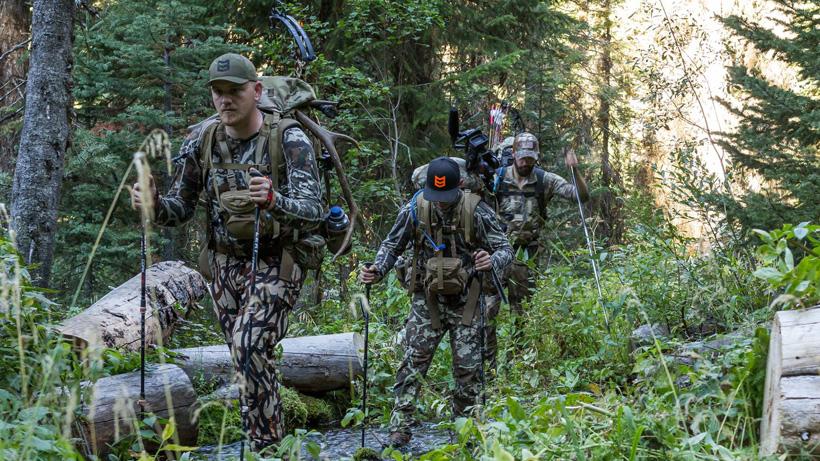

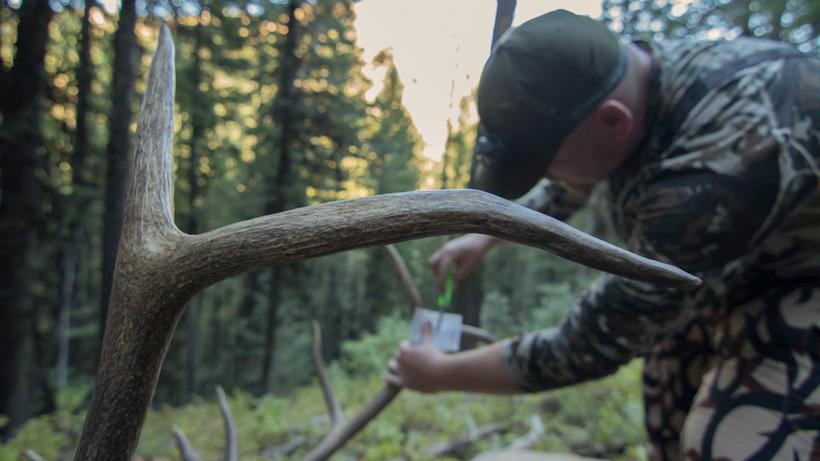


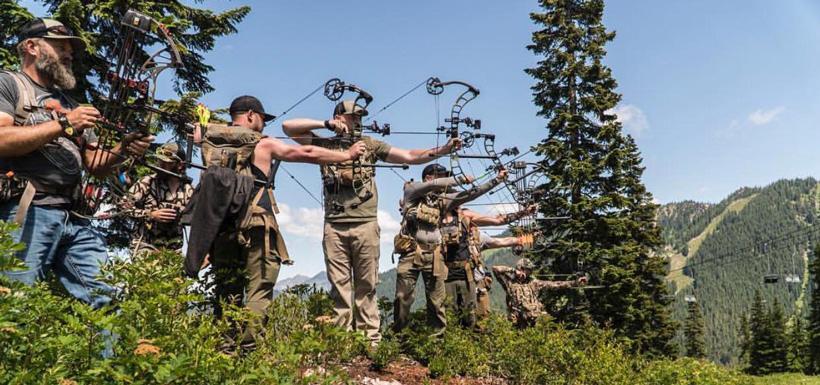
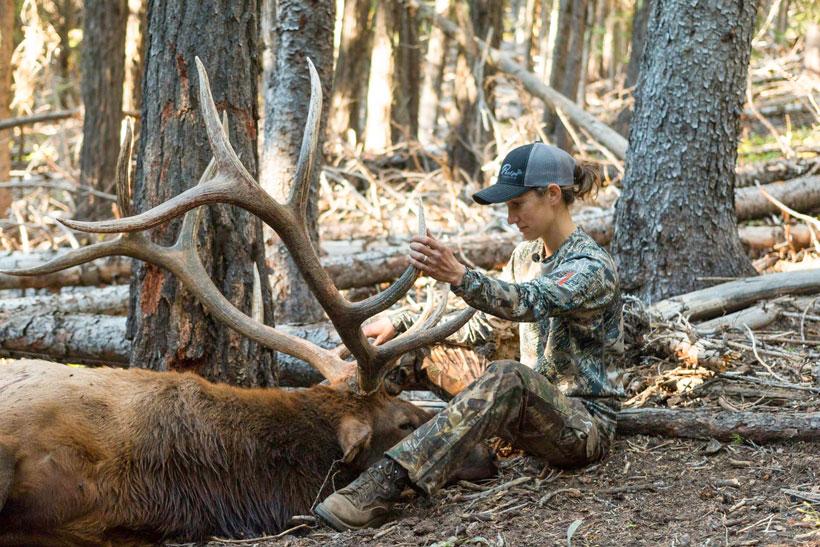
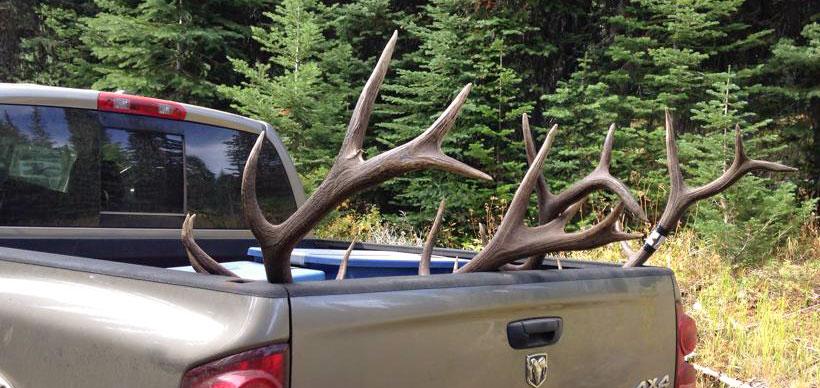

This is part two of the Top 10 Elk Hunting Mistakes to Avoid. You can catch part one here, and check out the rest of the list below.
In order to kill elk, you must be able to go where they are. This means on the first day as well as the last day. Can you climb back up the ridge? Will you be able to pack a bull out from that area?
Hunting season is not the time to get in shape. Being sore will impact your mental game and, ultimately, limit the areas that you can hunt. If there are other people hunting in an area that is easier to get to or there are not as many elk using that area, then the chances of being successful diminish.
I am not an expert on physical fitness, but I have spent enough time training and prepping for the mountains to know what it takes to be successful. In my opinion, training for hunting is simple. The physical requirements are straightforward. You need to be able to hike, climb mountains (elevations) and hike with a heavy pack should you have a successful harvest. With these requirements in mind, I focus my training accordingly. In my opinion, the best way to train is to hike and scout leading up to the season in the same terrain you will be hunting in.
My goals regarding physical fitness each year are to be in good enough shape to hunt wherever I need to in order to kill a bull, be in good enough shape to pack it out on my back, and not be so sore after that I am going to affect someone else’s hunt. I also do not want to let physical fitness affect my mental game.
That statement may go against what almost everyone says regarding wind. What I mean is that it is important to play the wind right, but not focus on playing it perfectly.
As an archery hunter, I want to use the wind like a steering wheel and be able to steer that bull into where I want him. If I have set up and the wind is hitting me straight in the face as I am calling a bull in, I have a 50/50 chance of guessing which side that bull will go to. If I let the wind hit me at a 15 to 20-degree angle, I can predict with a lot more certainty where that bull will end up as he circles the caller to get the wind right.
There is no way to replicate the shot opportunity when you have a bugling bull at 20 yards and you need to pull it all together to get off that perfect shot. There is most likely sweat in your eyes and mosquitoes nibbling on your neck; your heart rate is through the roof, you are not thinking straight — and you are standing on a 45-degree slope.
By shooting enough throughout the offseason, hopefully, you are able to overcome these newly introduced factors that you have not had to deal with. I honestly do not remember anything about the actual shot with the majority of the bulls I have killed. Everything is a blank after I choose the yardage. I have no idea if my anchor is right, the pin guard is centered in the peep or if the bubble is leveled. Yet, I have still managed to get these arrows exactly where I have wanted them. The only thing I can think of is that by consistently practicing, I am subconsciously checking all of these things without thinking about them.
In 2014, I decided to put a small reminder on the bow riser that says “anchor, center, and breathe.” I do not know if I even look at this when it is time to shoot, but I remember anchoring, centering the pin guard, leveling my bow out and picking a hair, so for what it is worth I am leaving it there.
It all boils down to the setup. You have located a bull, gotten inside of his bubble and now you have to pick a spot to set up.
1) What is the wind doing and do I have good shooting lanes downwind?2) I want to set up within shooting distance of any terrain breaks. I do not want the bull to hold up.3) Setup in front of brush or trees if possible to break up your outline.4) Do I have good visibility? Can I swing my bow and get shots at all possible spots he will end up?5) Are there any heavily used trails or good open paths that the bull will take?
Once I pick a spot and am confident in my setup, I start my calling sequence. My usual routine is to make an estrus whine followed by a challenge bugle, which tells the herd bull that there is a cow ready to be bred and there is a herd bull there ready to steal her away.
Nothing else matters if you do not have the time to get out there and go hunting.